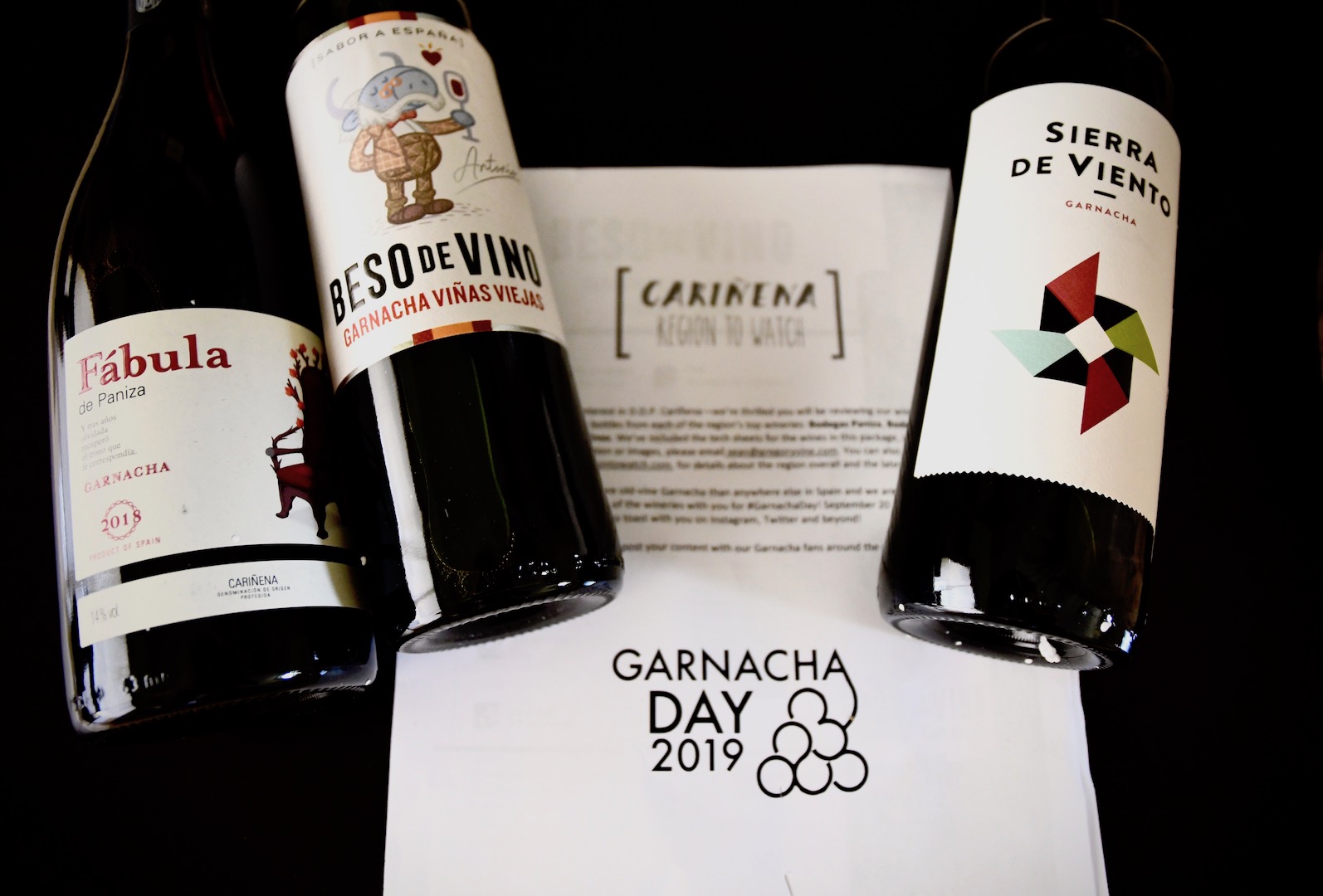TGIF and Happy #GarnachaDay! Following a hurricane postponement of the Miami Home Show and rushing to get all of my work done and in place before flying to Spain, I began ignoring…


TGIF and Happy #GarnachaDay! Following a hurricane postponement of the Miami Home Show and rushing to get all of my work done and in place before flying to Spain, I began ignoring…